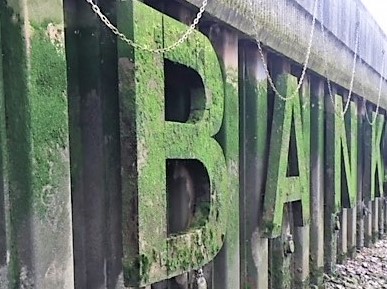Numbers of Australia’s 3 year long bankruptcies were down 46.7% in 2020-2021, producing an average dividend of only 1.63c/$.
The private profession, which handles about 20% of bankruptcies, paid out 2.37c/$. Their total remuneration of $69m came from total receipts of $274m.
These figures come from AFSA’s annual administration statistics for the 2020-2021 and also the 2019-2020 years. The delay in providing these statistics is poor, both in AFSA not explaining their absence throughout that time, and in not now reporting their publication.
While rather global, they at least give some measure of the moneys passing through the bankruptcy system – the receipts and payments, creditors and secured creditor dividends and the government costs, and trustee remuneration.
Some details
There were 6,792 new bankruptcies in 2020–21, a fall of 46.7% on 2019-2020. Australia’s 200 registered trustees administered 1076 of those new bankruptcies [a fall from 2384 the year before].
Australia had 41,564 undischarged bankrupts in 2020-2021, a fall from 51,000 the year before and from 80,00o ten years ago.
Bankruptcy lasts at least 3 years in Australia. There were 1199 objections to discharge lodged, 20 that potentially extended the bankruptcy to 5 years, and 1179 objections potentially extending for 8 years.
Apart from the dividend returns, trustees realised $274m in receipts, paying out $51m (18%) in dividends, with their fees totaling $69m (25%). Unidentified ‘cost’ and ‘other’ payments totaled $83m.
Trustees may be becoming more financially efficient – their work in paying $49m (17%) in dividends in 2019-2020 involved $80m (28%) in trustee remuneration.
It does not seem possible to accurately account for the costs of trustees administering the system. AFSA has yet to follow up its 2020 report revealing that 31% of estates handled by private trustees were unfunded: Remuneration in the personal insolvency system, 4 March 2020. At the same time trustees drew $88m in remuneration for that year, confirming in effect that unfunded work is recouped by trustees elsewhere, say from higher charge out rates in paying estates. Their costs can however be compared with those of the government Official Trustee.
There is more in these figures to analyse, for law reform purposes, if any, and otherwise.
======================



